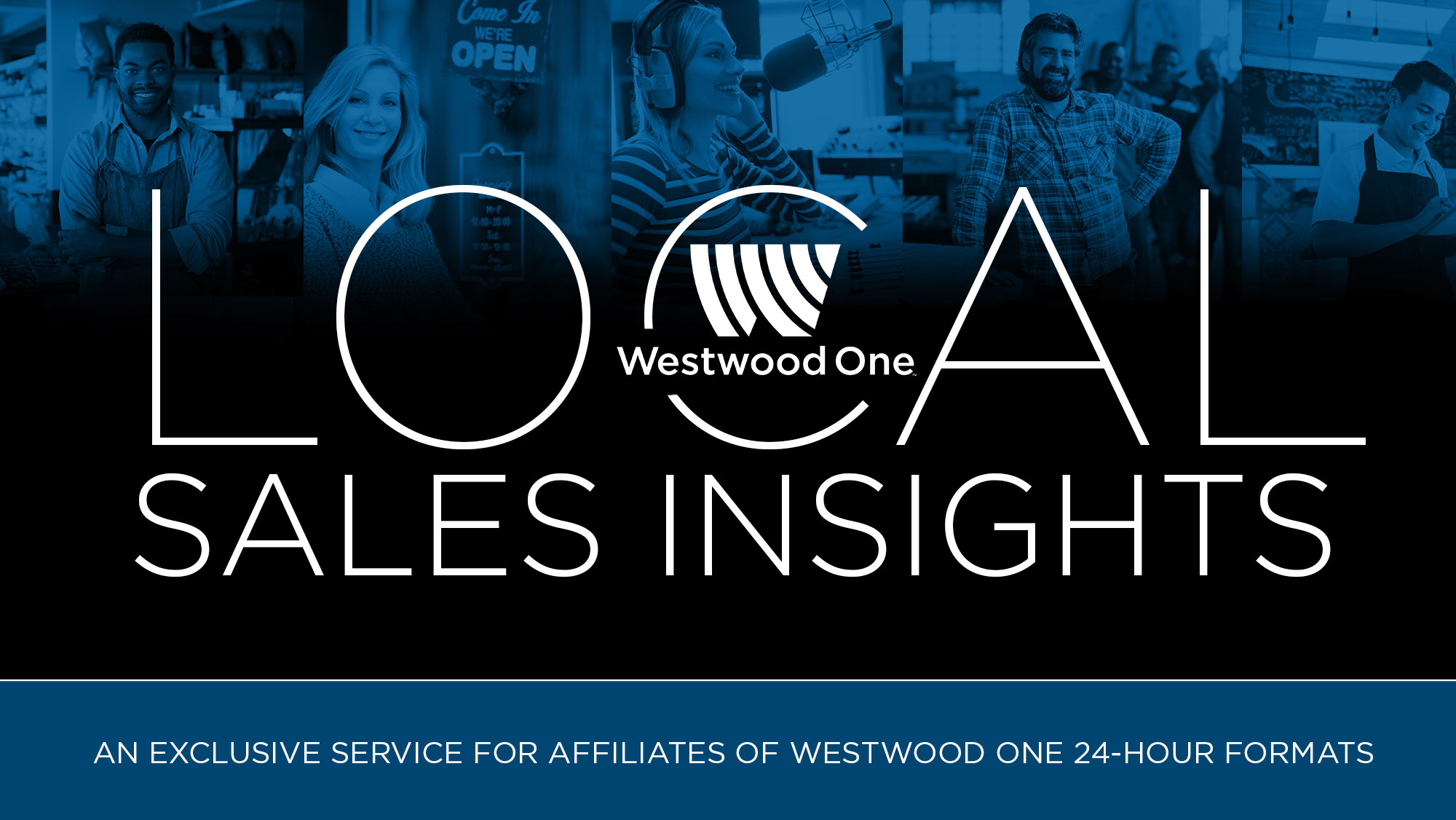The Virtual Remote: How AM/FM Radio Stations
Can Use Media And Creative Messaging To
Connect Consumers With Advertisers
Before the pandemic, remote broadcasts and appearances were staples
of the AM/FM radio industry. These events took place in a variety of
locations – auto dealers, stores, and shopping centers. Station
personalities and street teams would be onsite to interact with
listeners, hand out prizes, and drive consumer traffic.
Due to social distancing measures and shelter-in-place mandates
nationwide, station remotes have been paused for the safety of AM/FM
radio personnel and their listeners. But is there anything comparable to
an in-person remote?
There is, but you’d have to look beyond the spinning of a prize wheel.
The media plan for a station event is the engine of impact
A major aspect of a remote broadcast is the media plan supporting the
event. These schedules include the on-air ads, promos, and live reports
from the promotion that run in the week leading up to, the day of, and
during the event. An example weekly campaign has twenty ads, twenty
promos, and eight live reports. They promote the station’s presence at
the store, give listeners the important details, and, most importantly
for advertisers, give consumers the necessary call to action.
“Visit this Saturday for our grand opening sales!” “Stop by this weekend
for the lowest prices this season!” “Come on down and test out our
new model year vehicles now!”
The media plan: Average remote broadcast schedules have massive
audience reach and generate significant frequency
According to Nielsen, a typical AM/FM radio buy of twelve weekly
commercials reaches 43% of a stations’ 25-54 audience an average of
1.7 times. Twenty-four ads per week schedules reach 60% of the station
audience an average of 2.4 times.
The average remote broadcast schedule includes significantly more ads,
promos, and live reports – forty-eight announcements in all. This
aggressive event promotion media plan generates a massive reach of
76% of a station’s audience with exposure to the campaign an average
of 4.1 times.
Create a virtual remote using a strategic media schedule and
messaging
It could be a while before in-person remotes can happen again but
there is no reason why advertisers can’t still take advantage of what
value they bring to the table.
For example, a store can still promote an exclusive day of deals through
a virtual remote supported by a 48+ spot buy in the week leading up to
it. AM/FM radio ads can drive consumers to a website to chat with
customer service representatives. DJs can get on the air and talk about
the sale being promoted.
To drive significant web traffic: 10 or more daily ads is the sweet spot
A study of how AM/FM radio ads drive website traffic was conducted
on 300 auto dealer websites by iHeartMedia and LeadsRx, the leading
media attribution measurement company.
One to nine ads per day causes a 5% increase in website traffic. Ten ads
per day generates nearly twice as much website traffic 12%. Twenty to
twenty-nine ads per day causes a 23% lift in website traffic. Forty or
more ads per day creates a massive 55% increase in website traffic.
These are numbers of ads per day overall. The forty ads per day could
be spread out over a number of radio stations in a cluster. For example,
a five-station cluster each running eight ads a day would generate the
forty daily ads to generate the 55% increase in website traffic.
With a hefty amount of airtime and creative that is enticing and
includes a clear call to action for limited time offers, consumers can still
feel all the excitement and sense of urgency of a typical remote.
How To Sell This To Your Local Advertisers
Identify those advertisers of yours that have had success with remote
broadcasts…but don’t forget others in the same product category!
Start your pitch with the Local Sales Insight one-sheet, customized with
your station or group’s call letter, and roll right into a presentation of a
high-frequency campaign that generates the same kind of audience
reach as your remotes did.
